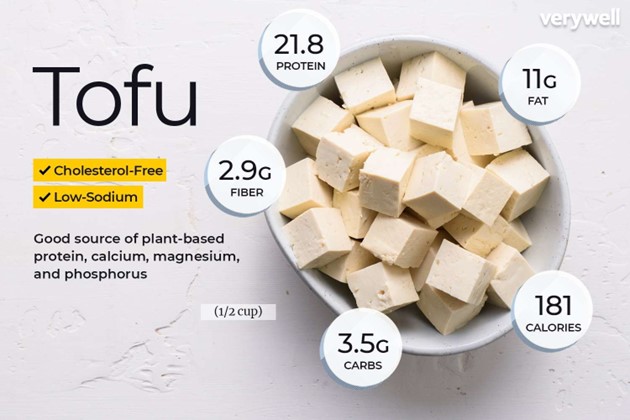A nurse is assisting with the care of a client who is at 36 weeks of gestation and experienced preterm prelabor rupture of membranes. Which of the following actions should the nurse take?
Administer glucocorticoids.
Monitor the client's temperature.
Give calcium gluconate.
Prepare the client for an amniocentesis.
The Correct Answer is B
Choice A reason: Following the rupture of membranes, delivery is imminent and administration of glucocorticoids may not take effect to benefit the baby.
Choice B reason:
Monitoring the client's temperature (Choice B) is important as the client is at risk of chorioamnionitis which may increase the risk of severe early neonatal sepsis. Changes in temperature as they may warrant anibiotic therapy and immediate delivery.
Choice C reason:
Giving calcium gluconate (Choice C) is not indicated in this situation. Calcium gluconate is typically administered in cases of magnesium sulfate toxicity or to treat hypocalcemia, neither of which is mentioned in the scenario. Therefore, it is not the appropriate action for the nurse to take at this time.
Choice D reason:
Preparing the client for an amniocentesis (Choice D) is not the correct action in this situation. An amniocentesis is a procedure in which a small amount of amniotic fluid is withdrawn for various diagnostic reasons, such as genetic testing or assessing fetal lung maturity. However, in this scenario, the priority is to administer glucocorticoids to promote fetal lung maturity, and an amniocentesis does not address this immediate concern.
Nursing Test Bank
Naxlex Comprehensive Predictor Exams
Related Questions
Correct Answer is B
Explanation
Choice A reason:
One cup of oatmeal - Oatmeal is a nutritious food, but it does not contain as high a protein content as some other options. While it offers some protein, it is not the best choice for a high-protein diet during pregnancy. Oatmeal is primarily known for its fiber content and complex carbohydrates, which provide sustained energy.
Choice B reason:
 One cup of tofu - Tofu is an excellent source of protein and is a suitable choice for a high- protein diet during pregnancy. Tofu is made from soybeans and is rich in plant-based proteins, making it an ideal option for individuals following a vegetarian or vegan diet as well. Additionally, tofu contains essential amino acids, iron, calcium, and other nutrients beneficial for both the mother and the developing fetus.
One cup of tofu - Tofu is an excellent source of protein and is a suitable choice for a high- protein diet during pregnancy. Tofu is made from soybeans and is rich in plant-based proteins, making it an ideal option for individuals following a vegetarian or vegan diet as well. Additionally, tofu contains essential amino acids, iron, calcium, and other nutrients beneficial for both the mother and the developing fetus.
Choice C reason:
One cup of brown rice - While brown rice is a healthy whole grain and provides some protein, it does not have as high a protein content as tofu. Brown rice is a good source of complex carbohydrates, fiber, vitamins, and minerals, but it may not meet the high protein requirements of a pregnant woman's diet.
Choice D reason:
One cup of kale - Kale is a nutritious leafy green vegetable, but it does not offer a significant amount of protein compared to tofu. It is rich in vitamins, minerals, and antioxidants, making it a valuable addition to a balanced diet. However, for a high-protein diet during pregnancy, other options like tofu are more suitable.
Correct Answer is D
Explanation
Choice A reason:
The nurse should not remind the client to void every 4 hours because epidural anesthesia can cause temporary loss of bladder sensation, making it difficult for the client to know when to void. Instead, the nurse should use a bladder scanner to assess for urinary retention and encourage the client to void regularly.
Choice B reason:
Encouraging the client to alternate from side to side every 2 hours is not directly related to the administration of epidural anesthesia. This action is commonly advised for clients who are on bed rest to prevent pressure ulcers and promote circulation. However, it is not specifically necessary for the client receiving epidural anesthesia for pain management during labor.
Choice C reason:
Raising the four side rails on the client's bed is not necessary in this situation. The use of side rails should be based on the client's mobility and risk assessment for falls. If the client is receiving epidural anesthesia, they may experience reduced mobility, but the decision to use side rails should be made on an individual basis, not solely based on the anesthesia.
Choice D reason:
Monitoring the client's blood pressure is a crucial action when a client is receiving epidural anesthesia. Epidural anesthesia can cause a drop in blood pressure, leading to hypotension. By regularly monitoring the client's blood pressure, the nurse can detect any significant changes and take appropriate actions to maintain hemodynamic stability.
Whether you are a student looking to ace your exams or a practicing nurse seeking to enhance your expertise , our nursing education contents will empower you with the confidence and competence to make a difference in the lives of patients and become a respected leader in the healthcare field.
Visit Naxlex, invest in your future and unlock endless possibilities with our unparalleled nursing education contents today
Report Wrong Answer on the Current Question
Do you disagree with the answer? If yes, what is your expected answer? Explain.
Kindly be descriptive with the issue you are facing.
